The space events you have to see to believe in 2017
Rocket launches, planetary close-ups and the Great American Eclipse
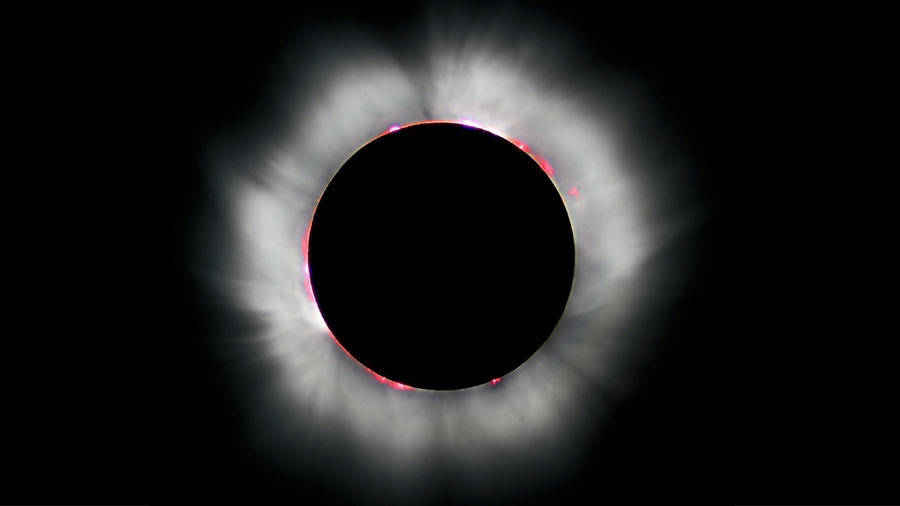
"Let me tell you why the Moon is an amazing place. It's an amazing place, believe me. And we're gonna go back there, to the Moon." OK, so we're probably not going to hear a JFK-style inspiring commitment from incoming President Trump about prioritising Moon bases or similar, but one thing is clear; the direction of space exploration is up for grabs.With a few milestone tests for SpaceX, 2017 is going to be a big year in the space industry, but there are plenty of landmark celestial events, too. The biggest one of all has to be the Great American Eclipse on August 21, when millions of people in the USA will drive north to witness two minutes of darkness in the day and a chance to gape in aw at the Sun's icy white corona. Will Instagram survive?
January 20, 2017: Trump on the Moon?
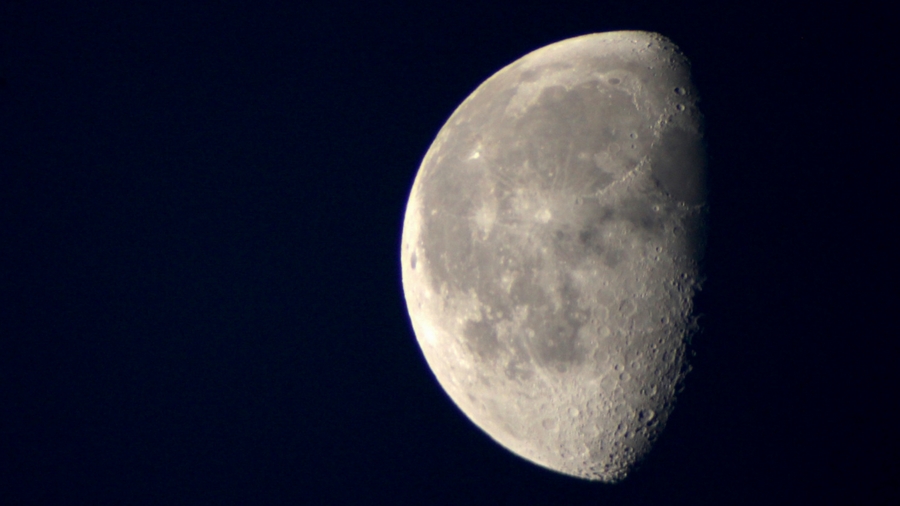
There are reasons to believe that President Trump is keeping an ambitious space project under his Make America Great Again hat, possibly for his inauguration speech on Friday, January 20, 2017. If Trump – who will appoint a new NASA Administrator during 2017 – decides to commit to returning to the Moon, it will mean an about-turn at NASA, which has been on its #JourneyToMarsfor the last few years. Would that leave Mars to be privately colonised by Elon Musk's SpaceX?
February 26, 2017: Annular Solar Eclipse
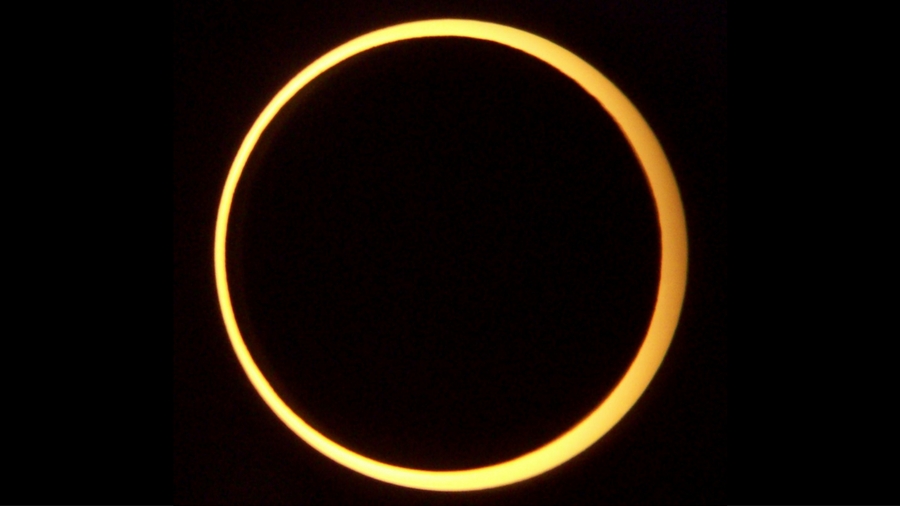
They call it the Ring of Fire eclipse. A quirk of nature means that while the Sun is 400 times larger in diameter than the Moon, it's also 400 times further away, so both Sun and Moon appear to be exactly the same size in the sky. Hence a New Moon can eclipse the Sun and turn day into night for a few minutes However, on Sunday 26 February, 2017 at 14:58 Universal Time (GMT), the Moon will be at the furthest point from the Earth in its elliptical orbit, so will cover most, but not all, of the Sun, creating a Ring of Fire eclipse.
Total darkness doesn’t occur during an annular eclipse, and solar safety eclipse glasses must be worn. Oh, and you'll need to be in Patagonia, Argentina or Angola to see it. There was one last September across Africa.
March 27, 2017: Launch of ISS crew
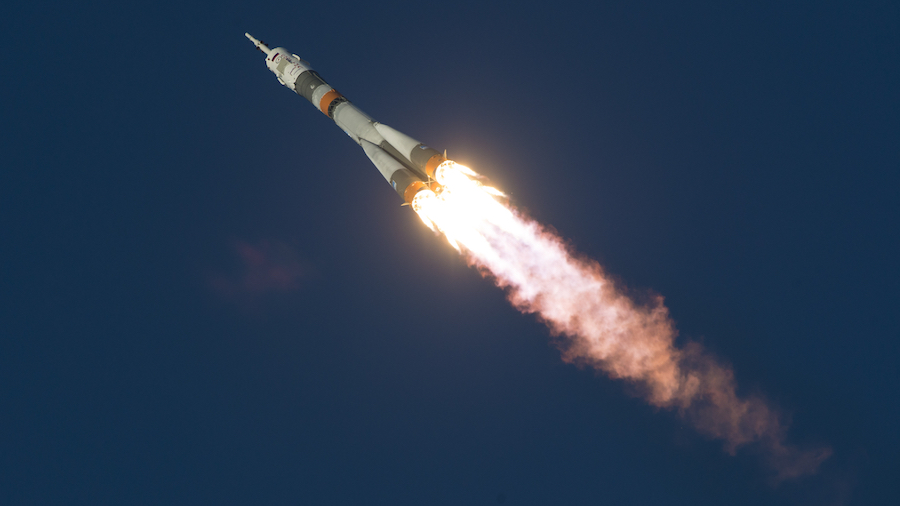
Humans making low-Earth orbit their permanent home is perhaps the greatest achievement of our generation, but the International Space Station often gets overlooked. The end of March will see the first of four ISS crew lift-offs in 2017 from the Baikonur Cosmodrome launch pad in Kazakhstan. There are few better space spectacles than the launch of a Soyuz MS-04 rocket. You can watch it all live on NASA TV, or visit the Baikonur Cosmodrome – the world’s first and busiest cosmodrome – for a mere US$4,500. High-def TV of Earth from the ISS is frequently available, and if you want to see the ISS speed across the sky from your back yard, NASA's Spot The Station service is on hand.
April 7, 2017: Jupiter at Opposition
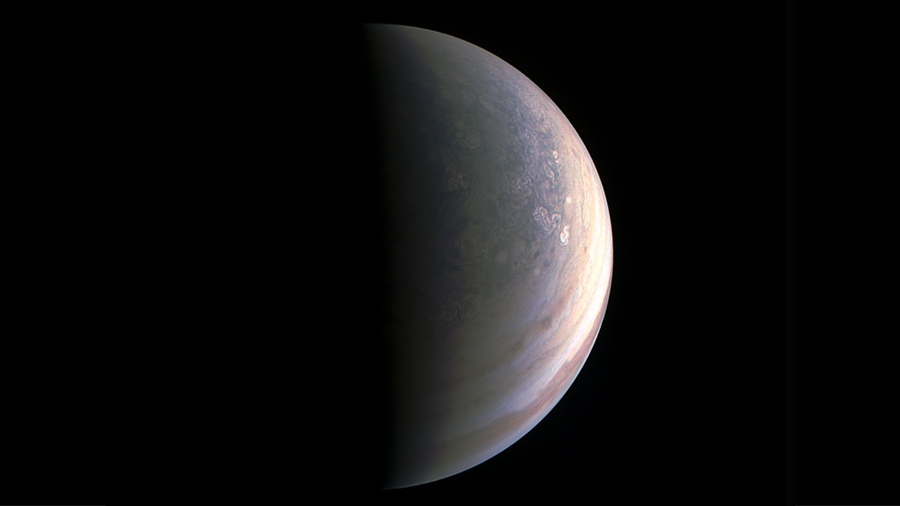
The giant planet swings into view this month as it reaches what astronomers call 'opposition'. All that means is that Earth has orbited into a position exactly between the Sun and Jupiter, so the planet is at its brightest and best of the year. With a pair of binoculars is possible to study the fifth planet from the Sun and even see the largest of its moons – Europa, Ganymede, Callisto and Io – as pinpricks of light lining-up around Jupiter. That stunning site is even more impressive through any telescope; even a 4-inch 'scope will reveal its iconic red stripes. NASA's Juno probe is currently taking our closest-ever look.
June 15, 2017: Saturn at Opposition
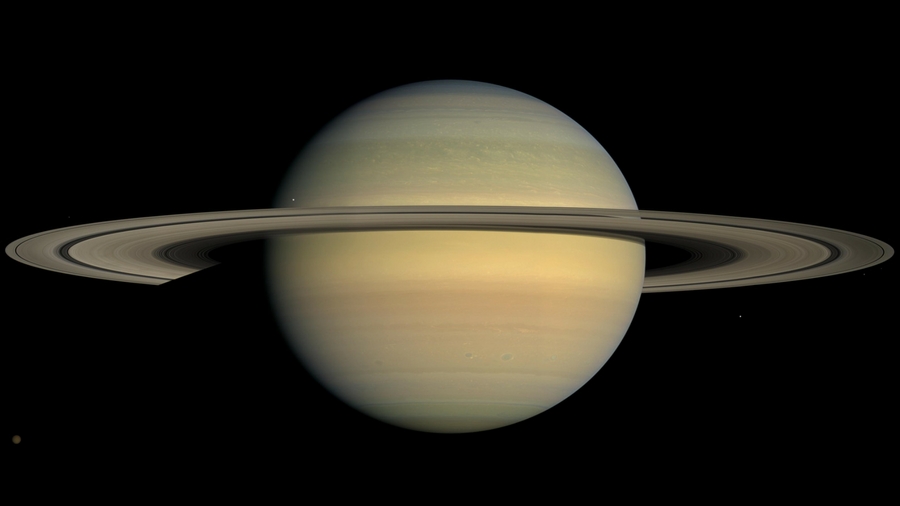
While Jupiter is certainly a stunning site through binoculars or a telescope, perhaps the most amazing night sky object of all for amateur astronomers is the planet Saturn, which this month swings into opposition. Magnification is important here, but even in a cheap 4-inch or 6-inch telescope you'll see the hallowed rings of Saturn with your own eyes. Seriously, this is one thing everyone should see once during their lifetime.
Get daily insight, inspiration and deals in your inbox
Sign up for breaking news, reviews, opinion, top tech deals, and more.
August 12/13, 2017: Perseids Meteor Shower
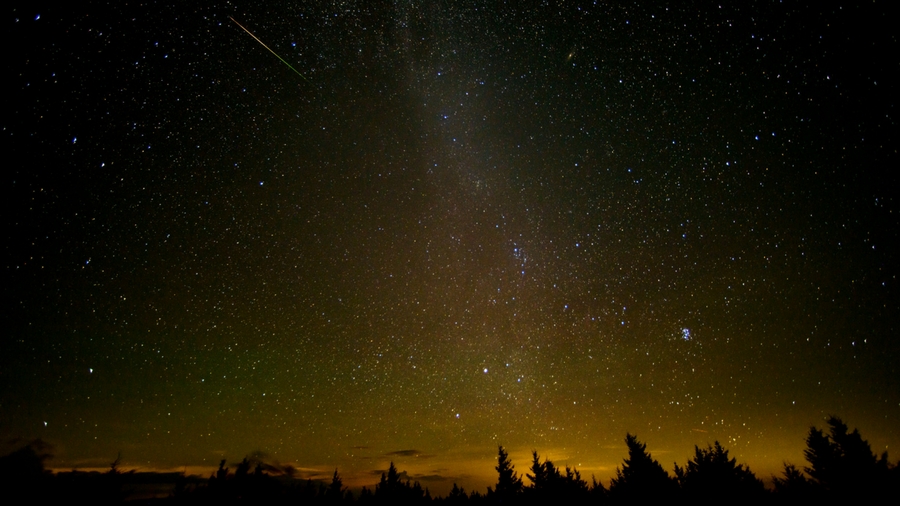
Time for fireballs! The Perseids meteor shower is the most prolific of the year, and the result of Earth busting through debris from a comet called Comet Swift-Tuttle, which passed through the solar system most recently in 1992. We're talking about 50-100 or more meteors per hour, with big, bright, sparkling fireballs that often appear to leave a trail behind them. Instead of a fraction of a second, each shooting star can last a full second.The spectacle of seeing three bright meteors streak across the sky is price-less but demands patience, so avoid the temptation to check your smartphone, which will distract you and instantly kill your night vision. Between midnight and 2am, when the night sky is darkest, is the very best time.
August 21, 2017: Total Solar Eclipse, USA

They're calling it Black Monday. For around two minutes on the morning of Monday, 21 August 2017, a narrow swath of the USA will go dark, as the Sun fully disappears behind the New Moon. This rare Total Solar Eclipse will be visible only from a narrow 70-mile band stretching from Oregon to South Carolina, known as the path of Totality. If you want to go, make your plans now. Just before totality, red spots pulse on the edge of the Moon, the last rays of sunlight pouring through the valleys of the Moon, before all sunlight is blocked. You then get to see the Sun as it really is, its bright star-white corona billowing in deep space like ribbons blowing in the wind. As Totality ends, the first rays of Sun cause a powerful one-second flash; the Diamond Ring, surely the most beautiful natural phenomenon of all. Will the internet survive the inevitable onslaught of #eclipselfies?
August 2017: SpaceX will launch a Crew Dragon

NASA's reliance on Russian space agency Roscosmos for sending its astronauts into space, which charges US$81 million for a return ticket to the ISS on a Soyuz, will only end if either SpaceX or Boeing successfully test their crew capsules. While tests of Boeing's CST-100 Starliner have been delayed until 2018, SpaceX will launch an unmanned version of Crew Dragon during August 2017. The goal is a 14-day manned mission to the ISS in 2018. SpaceX will follow it up in September with the first-ever launch of its Falcon Heavy rocket, which is designed to go to Mars.
Sept 15, 2017: NASA's Cassini will crash into Saturn
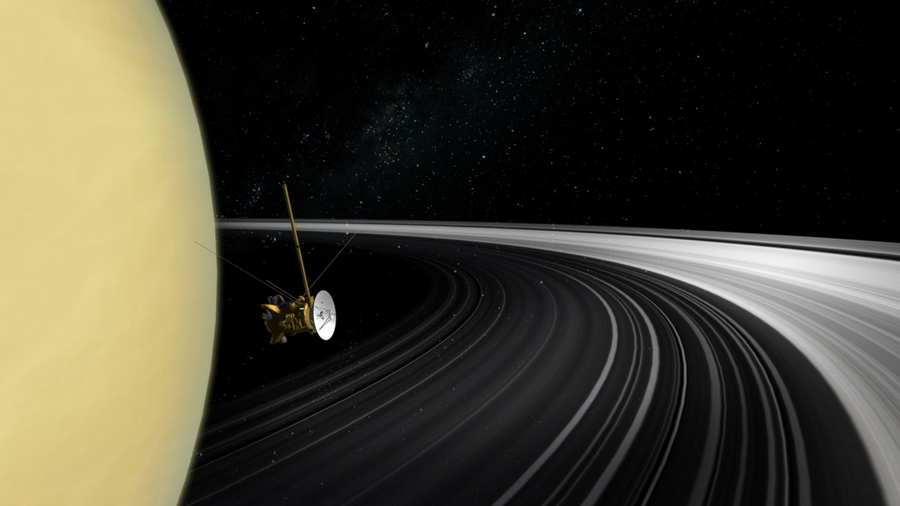
NASA's Cassini probe at Saturn has made a play for humankind's most-loved robot since it arrived at Saturn in 2004. It has discovered icy plumes on moon Enceladus, taken jaw-dropping images of Saturn, and its probe Huygens landed on the moon Titan where it discovered lakes of methane. All good things must come to and end, however, and after a year spent taking deep dives towards the planetary surface, Cassini will end its 12 year-long mission by crashing into the planet on September 15.
December 3, 2017: Full Moon & Supermoon
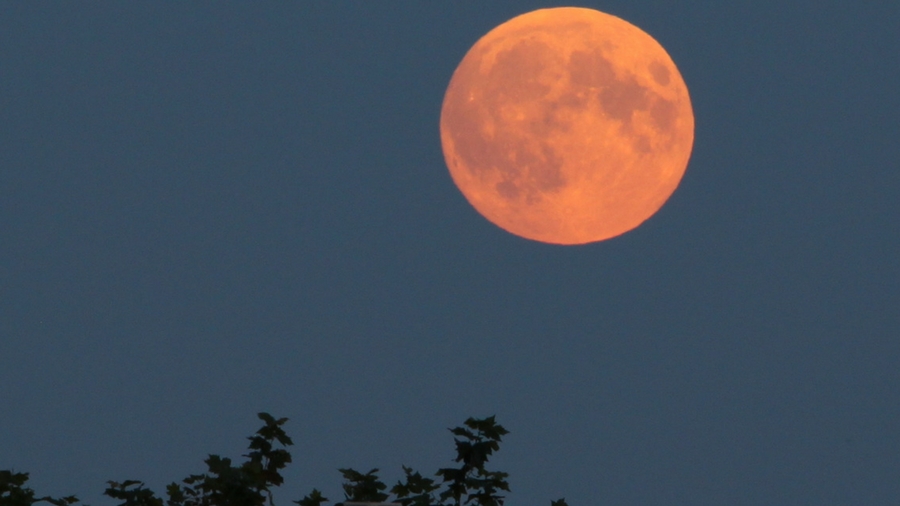
Supermoons are nerdy events, but the internet loves them. The Moon’s orbit around Earth is elliptical so sometimes it's closer than usual; that's all a Supermoon is. It looks slightly bigger than normal, but only by a few percent, so what's the fuss? However, it is a great excuse to witness a bright orange moon-rise, which few people ever see. Get somewhere high – a couple of storeys up will do – and look directly east. Unless it's cloudy, a bright orange Moon will appear on the horizon. It will look awesome because the rising Full Moon always looks awesome, but it will really only appear to be larger when it's just above the horizon. The key time is sunset on December 3, 2017, for about 25 minutes.
If you miss it, just wait 28 days.
- Jamie Carter is the author of A Stargazing Program for Beginners.
Jamie is a freelance tech, travel and space journalist based in the UK. He’s been writing regularly for Techradar since it was launched in 2008 and also writes regularly for Forbes, The Telegraph, the South China Morning Post, Sky & Telescope and the Sky At Night magazine as well as other Future titles T3, Digital Camera World, All About Space and Space.com. He also edits two of his own websites, TravGear.com and WhenIsTheNextEclipse.com that reflect his obsession with travel gear and solar eclipse travel. He is the author of A Stargazing Program For Beginners (Springer, 2015),
